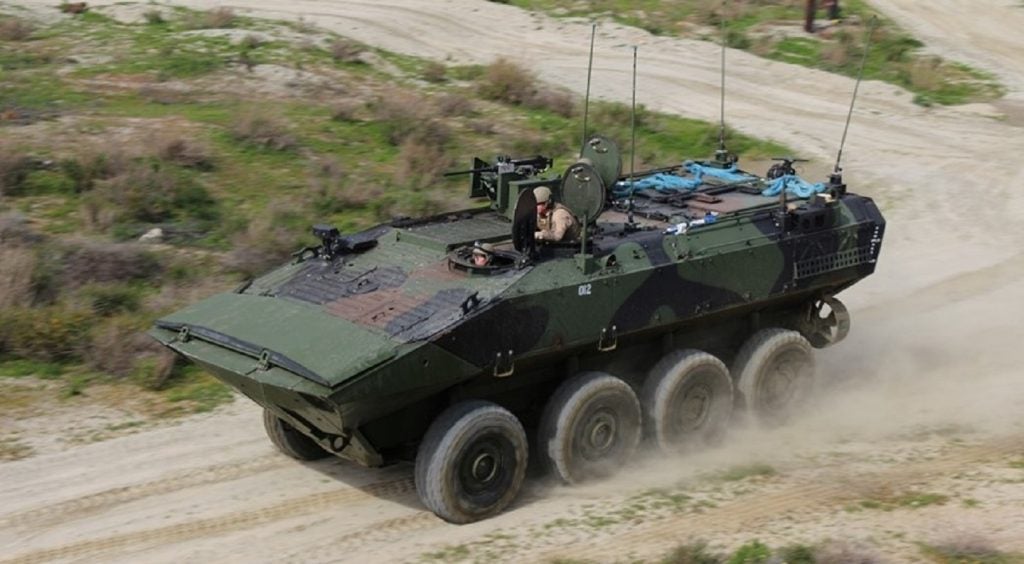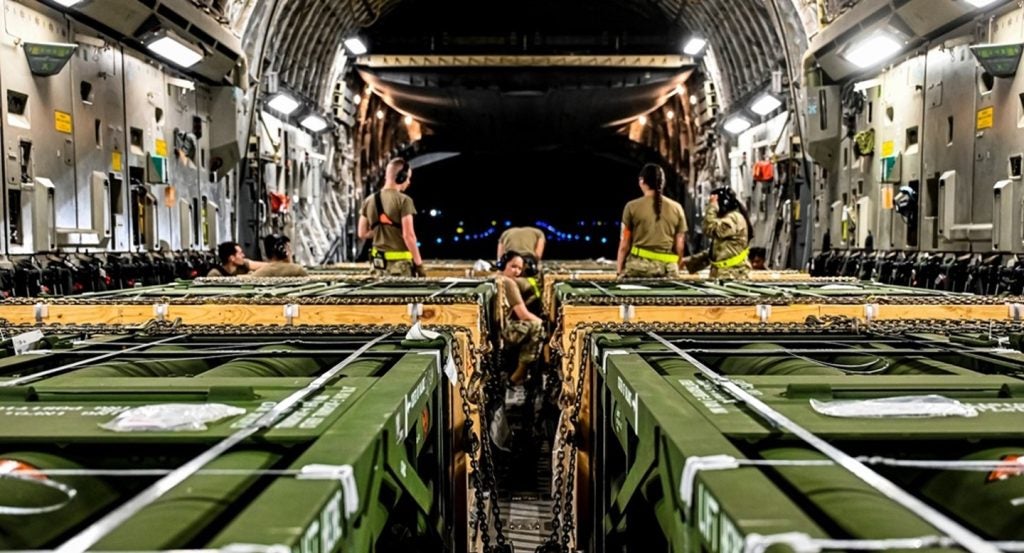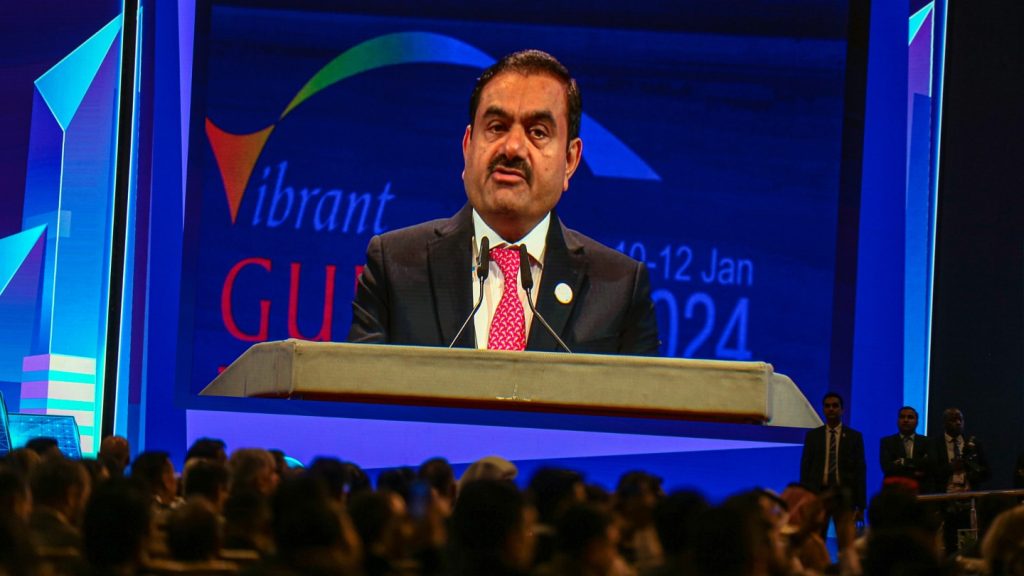
Future soldier programmes, championed by many of the world’s armies, have dedicated themselves to equipping dismounted soldiers with the latest technological advancements to further their efficiency on the battlefield.
Far from the common interpretation that these advancements are strictly limited to weaponry, these improvements have been made in the fields of armour, surveillance, batteries and medical monitoring.
Future soldier programmes, such as the US’ Future Force Warrior or the UK’s Future Integrated Soldier Technology, are incorporating all possible revenues to ensure dismounted soldiers are as well equipped as possible.
Eyes in the skies on the ground
Elbit Systems’ Skylark Unmanned Air System (UAS) can now be operated by the Dominator command and control unit, which can be geared almost entirely onto a soldier’s vest.
By using the new, cutting-edge forward ground control station (FGCS), the Skylark can fulfil modern battlefield requirements relating to interoperability as well as size, weight and performance (SWAP).
See Also:
The system itself is comprised of four main components, all fitted onto a soldier’s vest for ease of use.
How well do you really know your competitors?
Access the most comprehensive Company Profiles on the market, powered by GlobalData. Save hours of research. Gain competitive edge.

Thank you!
Your download email will arrive shortly
Not ready to buy yet? Download a free sample
We are confident about the unique quality of our Company Profiles. However, we want you to make the most beneficial decision for your business, so we offer a free sample that you can download by submitting the below form
By GlobalDataThese consist of a computer, a tactical handheld display, an operator stick and an active Skylark Rambo transducer, although an eyepiece can also be used ahead of the handheld display for operations that are considered covert or on-the-move.
The system itself allows dismounted soldiers to operate the UAS with the minimum equipment required, with the Skylark itself launched by dispatcher units and control passed over to forward units when it is within range.
Frontline health monitors
Although technology designed to monitor the enemy is now being widely used on the frontline, equipment designed to monitor the health of your own soldiers is only just coming to the fore. As part of the US Army’s Future Force Warrior programme, which hopes to develop a product that incorporates several future-generation technologies by 2032, the warfighter physiological status monitor (WPSM) has been designed.
The WPSM consists of an onboard medical sensor suite, designed to collect data pertaining to a soldier’s vital signs, such as body temperature, heart rate, blood pressure and stress levels. The data is collected and monitored before alerting combat medics if any further action should be taken.
The sensors are to be developed as part of the soldier’s army combat shirt (ACS), a base layer of clothing, although costs attributed to the system as a whole are preventing it from being rolled-out on a large scale. Once the technology included becomes commercial off the shelf (COTS) and more cost-effective, it is hoped a wider roll-out will follow.
Powering the dismounted
As the range of equipment carried by dismounted soldiers grows, so does the battery requirement to power such equipment over extensive missions. Under current demands, up to one quarter of the weight carried by a dismounted soldier can be used solely for batteries which, in some cases, can exceed 11kg.
With a need to reduce the carried weight of dismounted soldier equipment, a number of highly-efficient, low-weight battery options have been developed with a range of operational benefits.
Novel lithium sulphur batteries can offer 300 watt hours per kilogram (wh/kg) of output, performing approximately 50% better than standard issue batteries currently in service.
Speaking at the 2011 Soldier Technology conference, Defence Science and Technology Laboratory (DSTL) Physical Sciences Department, Power Sources Team member Darren Browning insisted that, as battery technology is driven by the consumers, once this particular technology matures it could grow to deliver a highly efficient 400-600wh/kg.
Further options include the use of reformed methanol fuel cells, which offer 649wh/kg and can boast significantly higher efficiency over other batteries.
The solar soldier programme, which includes use of photovoltaic cells in a soldier’s clothing designed to gather and store energy itself, is still under development.
Other discussions surrounding how to power soldier equipment have included the situation of source power supplies. Rather than carrying individual batteries designed to be used by the equipment, one solution is to equip soldiers with a central power source, located in the backpack, which powers all equipment through a conductive vest which moves power to the required part of the body. This particular option has also been able to demonstrate low data transfer rates across the network, which has the potential to offer benefits in an operational climate.
Next generation body armour – fibre or fluid?
A separate issue that has perhaps proven to be more contentious than powering the soldiers of tomorrow has been how to protect them. There has been mounting criticism for the current armour used by US forces, which derives its protection from ceramic plates. A recent Inspector General’s report claimed that during testing, the armour itself was not put up against the right ammunition or velocity it was expected to come up against, and little consideration for humidity and temperature requirements, as well as weather and altitude factors, was made.
Despite the army’s acquisition, logistics and technology principal military deputy to the assistant secretary Lt. Gen. William Phillips assured it is the “best body armour that exists in the world today, and the best-tested.” Many future soldier programmes are considering moving towards armours that use fibres such as Kevlar or M5, or even liquid-based armours.
In a subprogramme in which the US Army has collaborated with the Massachusetts Institute of Technology (MIT), a ferrofluid smart material has been developed which could potentially be used in the body armour of the future.
It is composed of silicon oil with iron particles and hardens within milliseconds of a current being applied to the substance.
First developed by Dr Doetzee Sikkema at chemical firm Azko Nobel, M5 Fibre is a high-strength synthetic fibre manufactured using condensation polymerisation techniques. The material is lighter than Kevlar and is under investigation by the team at MIT working with ferrofluid smart materials as a possible material for use in future armour products. It is the most fire-resistant organic fibre to be developed and has been noted for its strength and resistance in protecting the wearer against slash and ballistic attacks.







